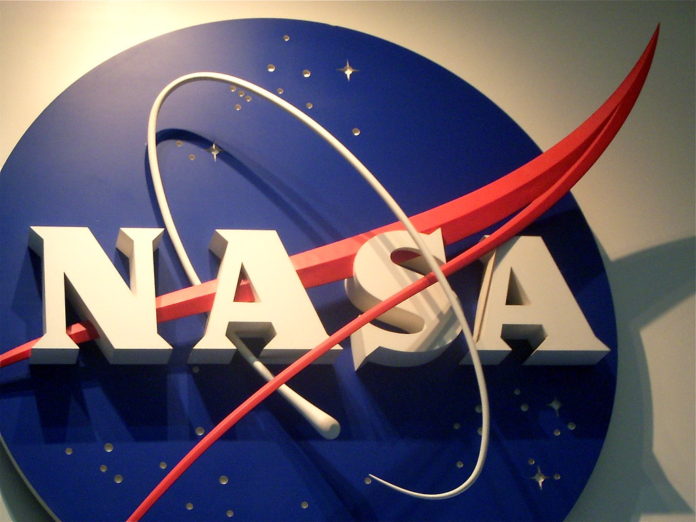NASA recently dropped a bombshell report about the moon. As one of the most studied celestial bodies, the moon might seem an unlikely source for any surprises. This new NASA report proves that there’s still a lot more to discover about the satellite.
The Apollo program landed the first humans on the moon way back in 1969. The program continued after that, sending several followup teams to the moon.
One of the projects these teams completed was placing seismometers on the moon’s surface. This led to the discovery that tremors are common. Called “moonquakes,” they’re likely caused by impacts from meteorites or the gravitational pull from Earth.
However, scientists haven’t been able to explain the shallow quakes that occur on the moon — until now. The explanation is surprising. According to NASA, the moon is shrinking. As its interior gets colder, the moon’s brittle crust breaks. This forces sections of the crust into each other, forming ridges where sections overlap. The friction creates tremors that NASA claims can be extremely powerful. They estimate that some reach as high as five on the Richter scale.
Scientists had believed that the moon stopped cooling long ago. The Lunar Reconnaissance Orbiter produced high-resolution images that revealed a number of faults that appeared younger than previously believed possible, though it wasn’t possible to tell when moonquakes actually created them.
Scientists developed an algorithm to test the data from Apollo’s seismometers. They were able to pinpoint the origin of the recorded moonquakes. To their surprise, the origin appeared to be the “younger” fault lines revealed by the Lunar Reconnaissance Orbiter.
What does this mean? According to NASA’s study, it means that the moon is still “tectonically active.”
This finding raises questions about the cooldown process of rocky bodies. Scientists will need to study the data more to make additional conclusions.






